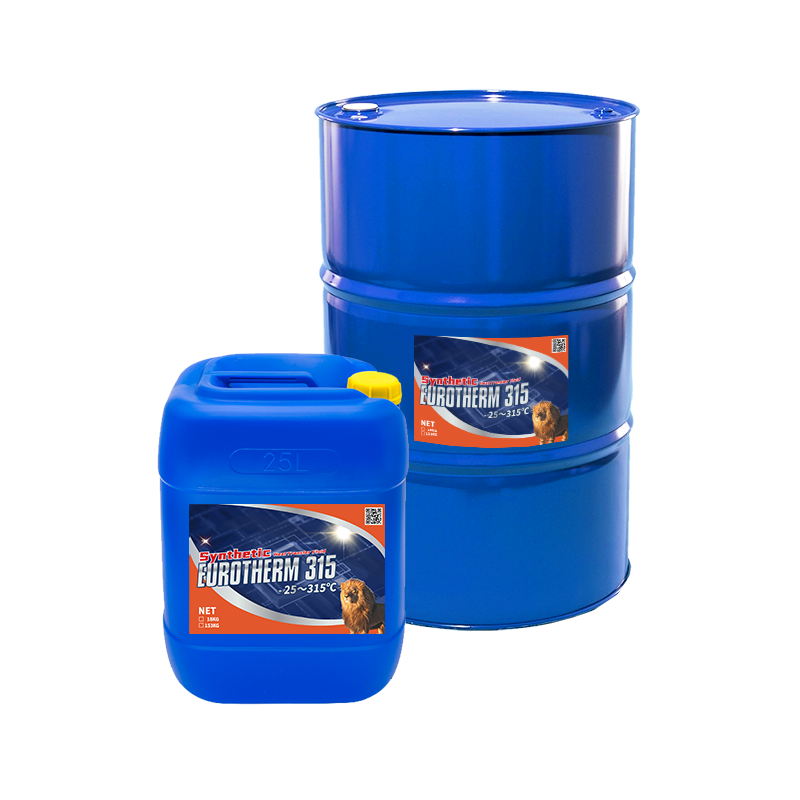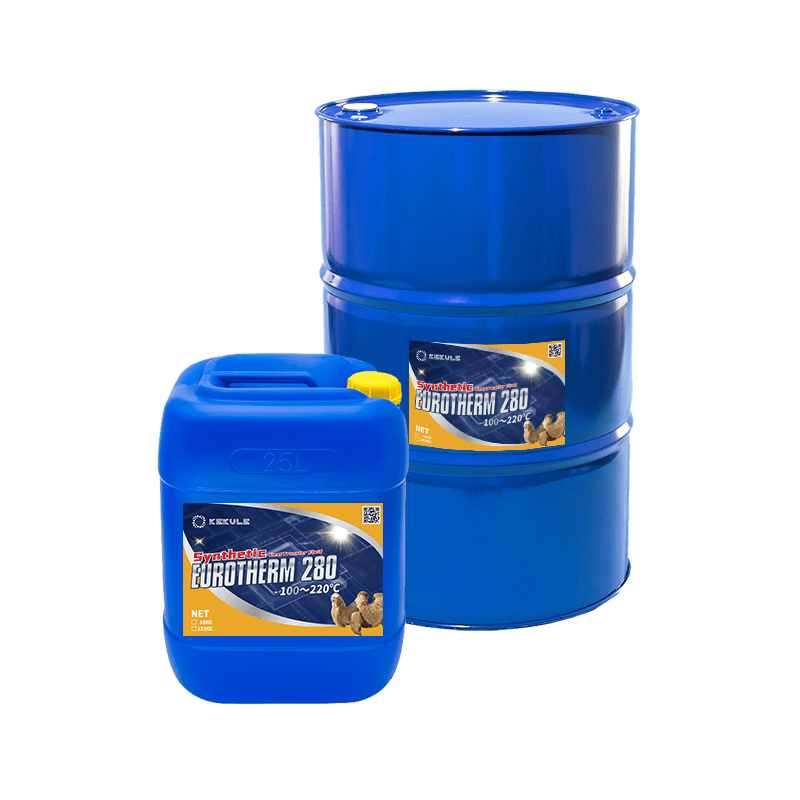Chemie Can Be Fun For Everyone
More About Chemie
Table of ContentsChemie Can Be Fun For EveryoneThe smart Trick of Chemie That Nobody is Talking AboutThe smart Trick of Chemie That Nobody is DiscussingHow Chemie can Save You Time, Stress, and Money.Some Known Factual Statements About Chemie More About Chemie
By Bojanna Shantheyanda, Sreya Dutta, Kevin Coscia and David SchiemerDynalene, Inc. Fluid air conditioning, which can be achieved making use of indirect or direct methods, is used in electronics applications having thermal power thickness that might surpass safe dissipation with air cooling. Indirect liquid air conditioning is where heat dissipating electronic components are literally divided from the liquid coolant, whereas in case of direct air conditioning, the components remain in straight contact with the coolant.In indirect air conditioning applications the electric conductivity can be important if there are leakages and/or splilling of the liquids onto the electronics. In the indirect cooling applications where water based liquids with deterioration inhibitors are usually used, the electric conductivity of the fluid coolant generally relies on the ion concentration in the liquid stream.
The increase in the ion concentration in a closed loophole liquid stream may occur as a result of ion leaching from metals and nonmetal components that the coolant fluid touches with. During procedure, the electric conductivity of the liquid might enhance to a degree which can be hazardous for the air conditioning system.
Rumored Buzz on Chemie
(https://moz.com/community/q/user/chemie999)They are bead like polymers that are capable of trading ions with ions in a remedy that it touches with. In today work, ion leaching tests were performed with numerous steels and polymers in both ultrapure deionized (DI) water, i.e. water which is dealt with to the highest possible levels of purity, and low electric conductive ethylene glycol/water blend, with the determined modification in conductivity reported in time.
The examples were enabled to equilibrate at room temperature level for two days before recording the first electrical conductivity. In all tests reported in this study liquid electrical conductivity was measured to a precision of 1% using an Oakton disadvantage 510/CON 6 collection meter which was calibrated before each measurement.
About Chemie
from the wall heating coils to the facility of the heating system. The PTFE example containers were put in the furnace when constant state temperatures were reached. The examination setup was eliminated from the heater every 168 hours (seven days), cooled down to room temperature level with the electric conductivity of the liquid determined.
The electrical conductivity of the liquid sample was monitored for a total of 5000 hours (208 days). Schematic of the indirect closed loophole cooling down experiment set-up. Components utilized in the indirect closed loop cooling down experiment that are in call with the fluid coolant.

Fascination About Chemie
The modification in liquid electric conductivity was monitored for 136 hours. The liquid from the system was collected and stored.

0.1 g of Dowex resin was included in 100g of liquid examples that was absorbed a separate container. The combination was stirred and change in the electrical conductivity at area temperature level was measured every hour. The measured adjustment in the electric conductivity of the UP-H2O and EG-LC test fluids consisting of polymer or steel when involved for 5,000 hours at 80C is shown Number 3.
Chemie for Beginners
Figure 3. Ion seeping experiment: Calculated change in electrical conductivity of water and EG-LC coolants including either polymer or steel samples when immersed for 5,000 hours at 80C. The outcomes suggest that metals contributed less ions into the fluids than plastics in both websites UP-H2O and EG-LC based coolants. This could be because of a thin metal oxide layer which may serve as an obstacle to ion leaching and cationic diffusion.
Fluids having polypropylene and HDPE displayed the lowest electric conductivity modifications. This might be because of the brief, stiff, straight chains which are much less likely to add ions than longer branched chains with weak intermolecular forces. Silicone also executed well in both test liquids, as polysiloxanes are generally chemically inert because of the high bond energy of the silicon-oxygen bond which would certainly stop deterioration of the material into the liquid.
Chemie Things To Know Before You Get This
It would certainly be anticipated that PVC would produce comparable results to those of PTFE and HDPE based on the comparable chemical structures of the materials, nonetheless there may be various other contaminations existing in the PVC, such as plasticizers, that may affect the electric conductivity of the fluid - silicone fluid. Additionally, chloride groups in PVC can also leach right into the examination liquid and can create a rise in electrical conductivity
Buna-N rubber and polyurethane revealed signs of deterioration and thermal disintegration which recommends that their feasible energy as a gasket or sticky material at greater temperatures might bring about application issues. Polyurethane completely broke down into the test fluid by the end of 5000 hour test. Figure 4. Before and after photos of metal and polymer examples submersed for 5,000 hours at 80C in the ion seeping experiment.
Measured adjustment in the electric conductivity of UP-H2O coolant as a function of time with and without material cartridge in the shut indirect air conditioning loop experiment. The determined modification in electric conductivity of the UP-H2O for 136 hours with and without ion exchange resin in the loop is shown in Figure 5.